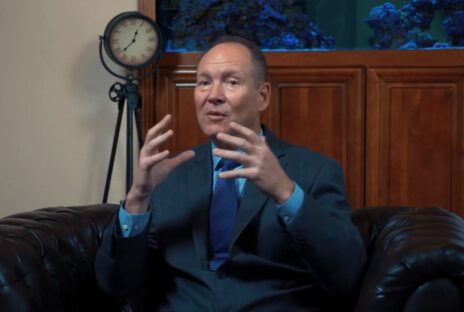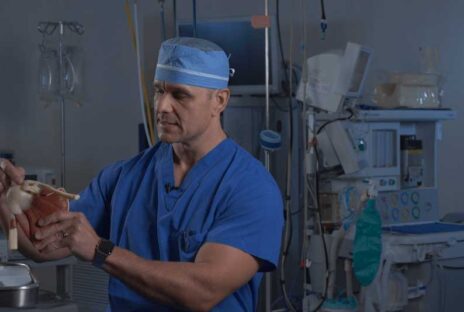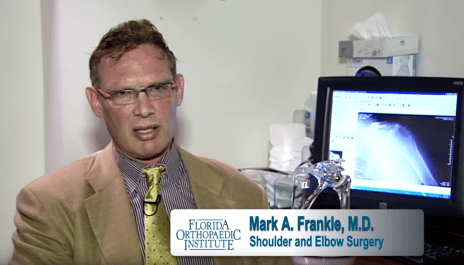World-renowned care from shoulder specialists
Shoulder pain treatment
The shoulder is a complex structure made of three separate joints working together to give you a tremendous range of motion. This extraordinary body part allows a full 180-degree range of motion on three different planes. Orthopedic shoulder specialists understand this body part’s complex interconnectedness, offering patient-centered treatments for shoulder pain and injuries.
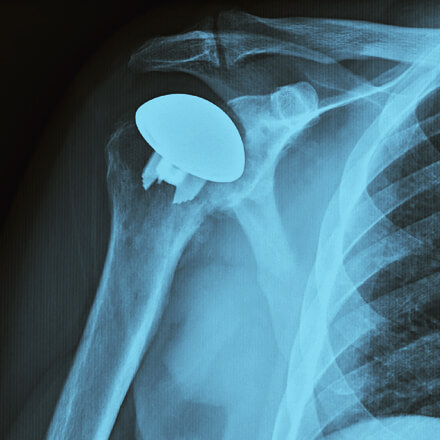
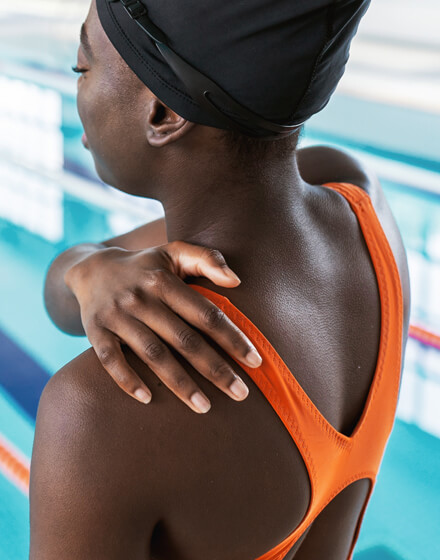
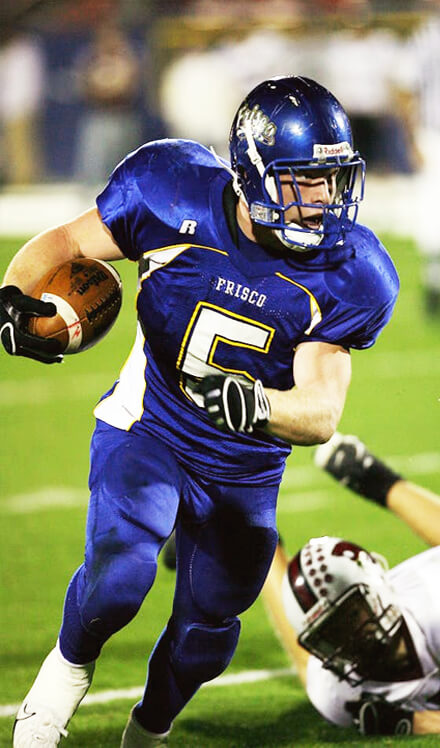
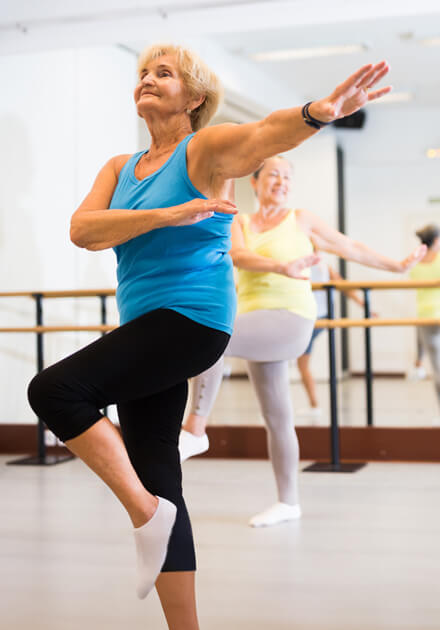
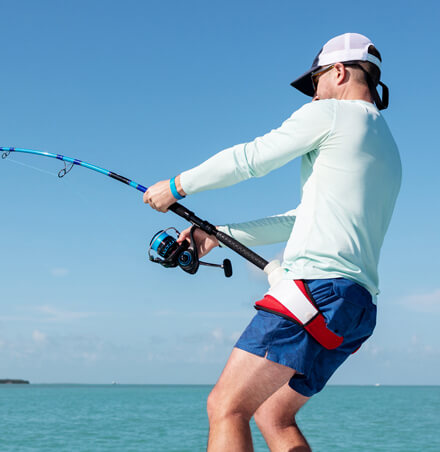

Learn more about
Orthopedic shoulder care team
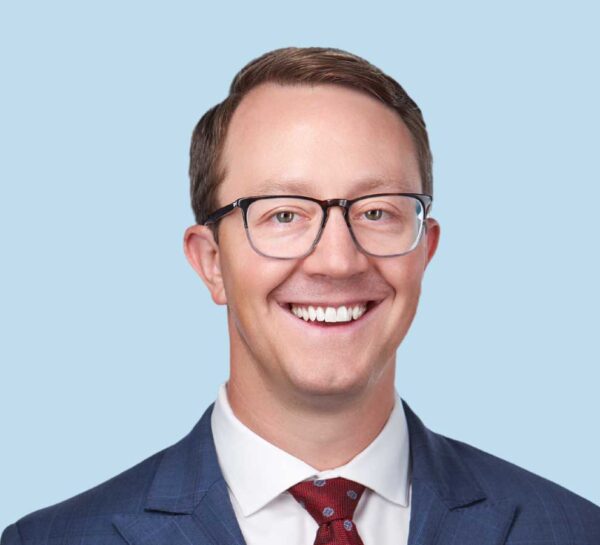
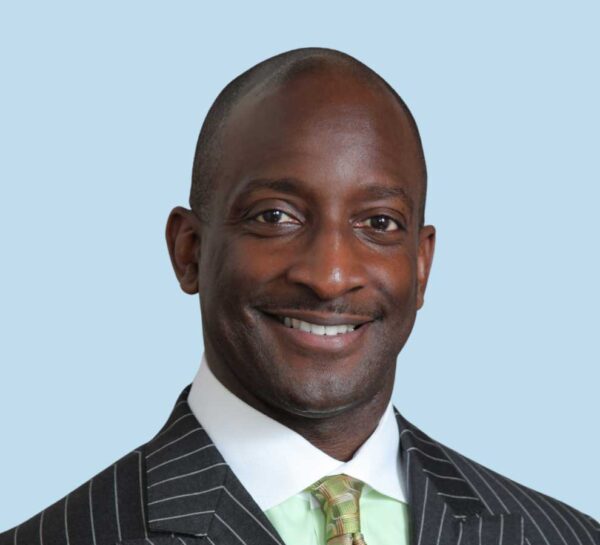
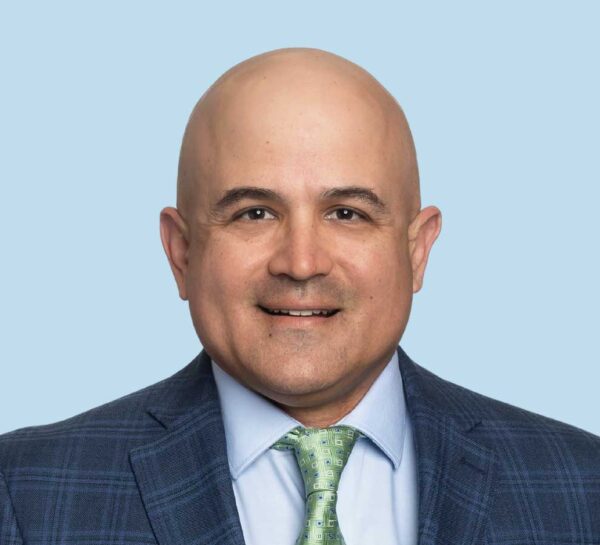
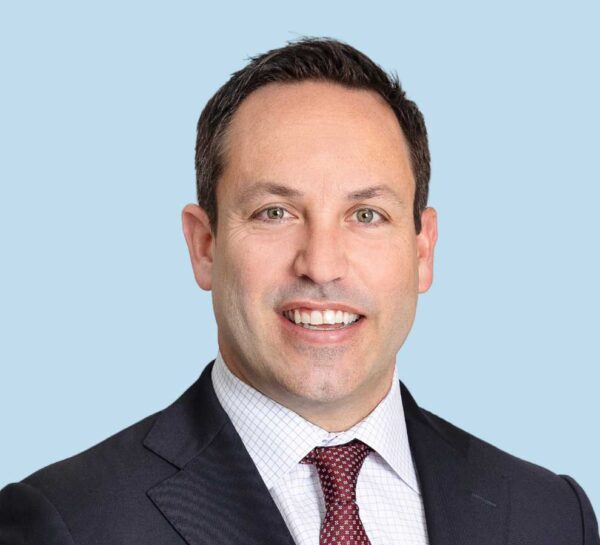
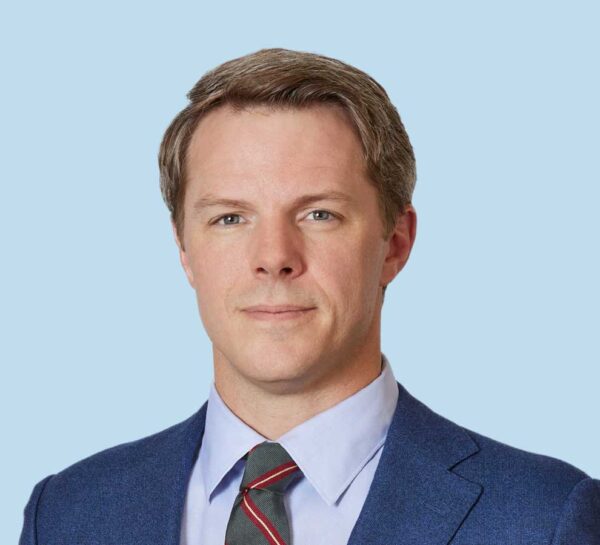


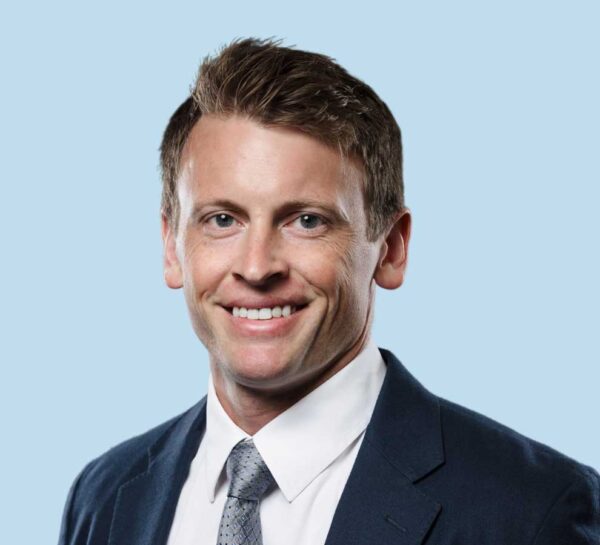


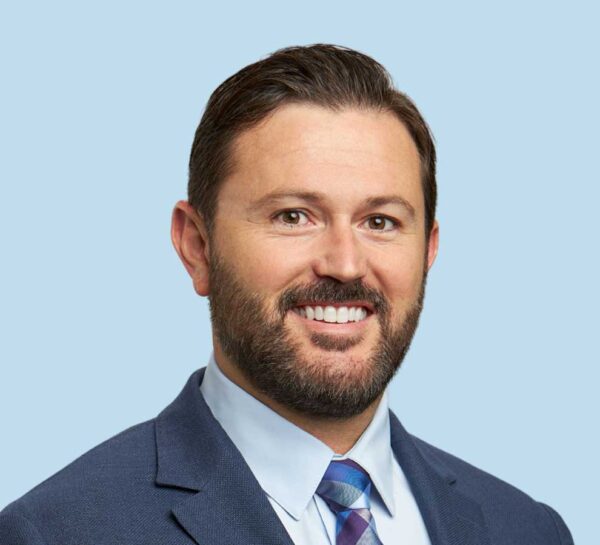
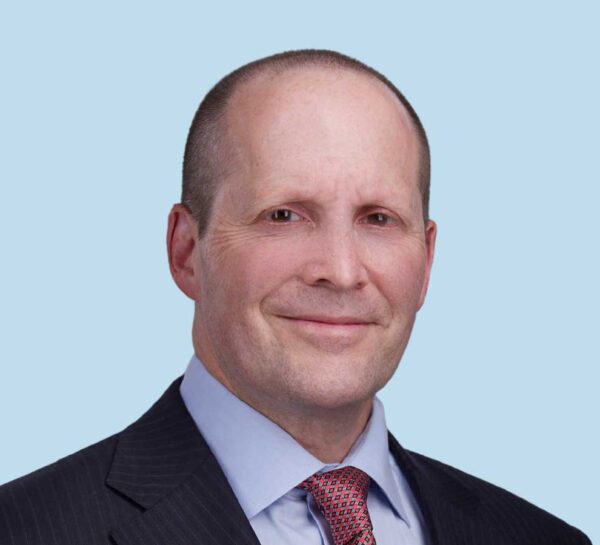

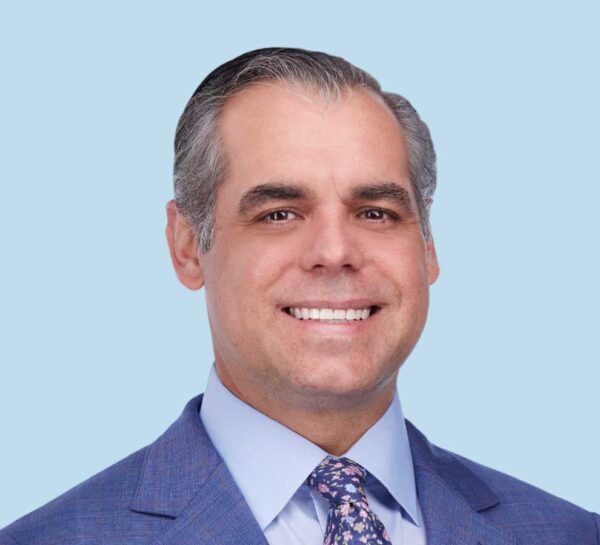
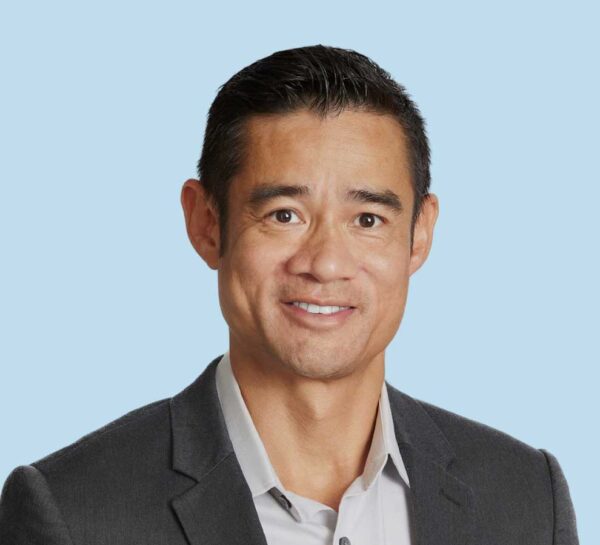
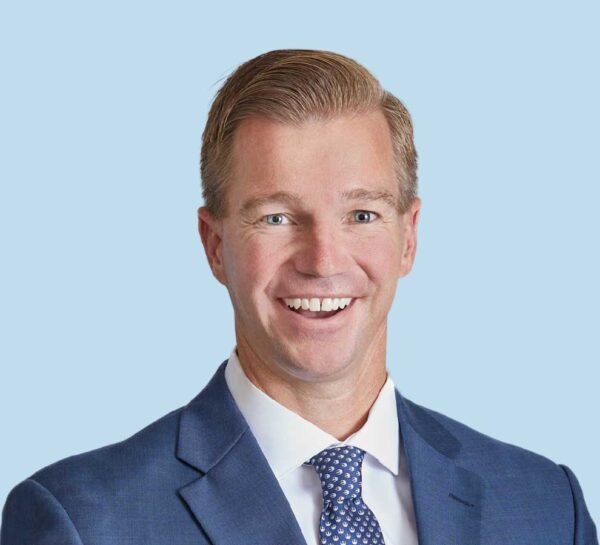

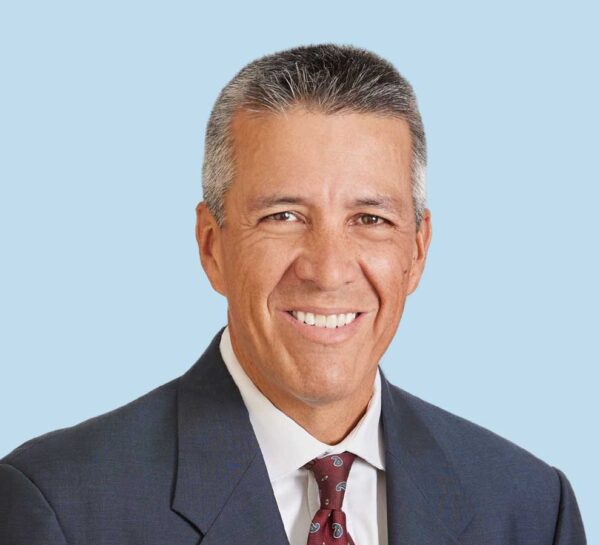
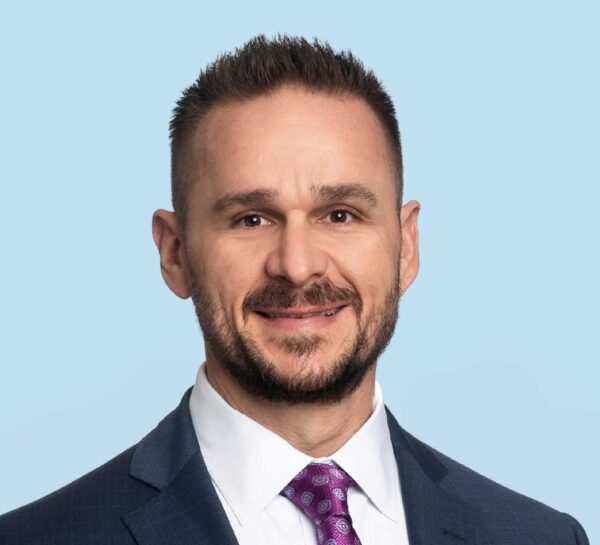
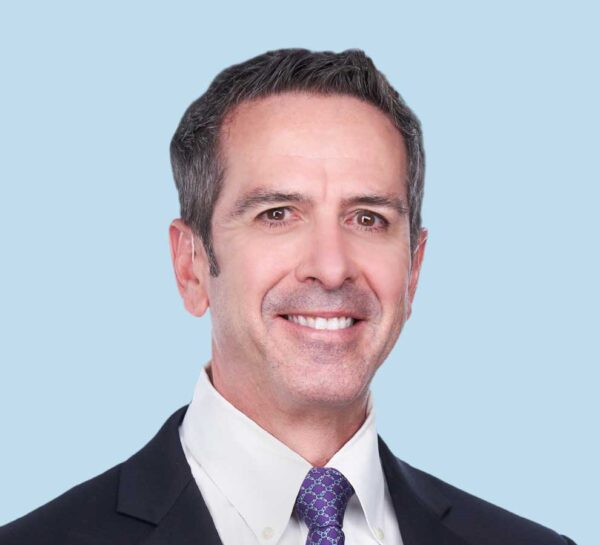
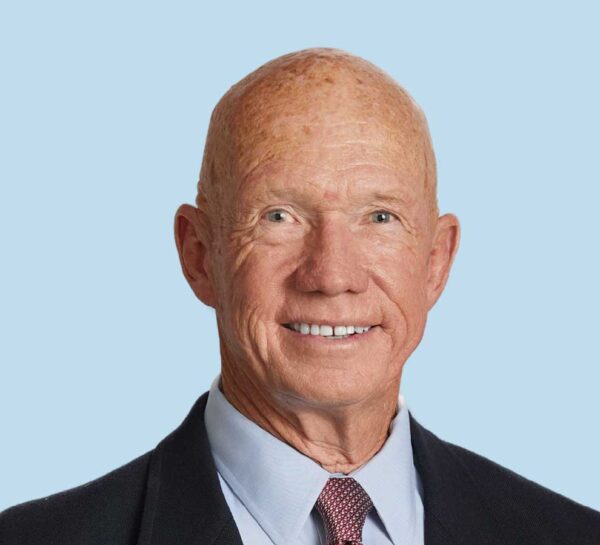
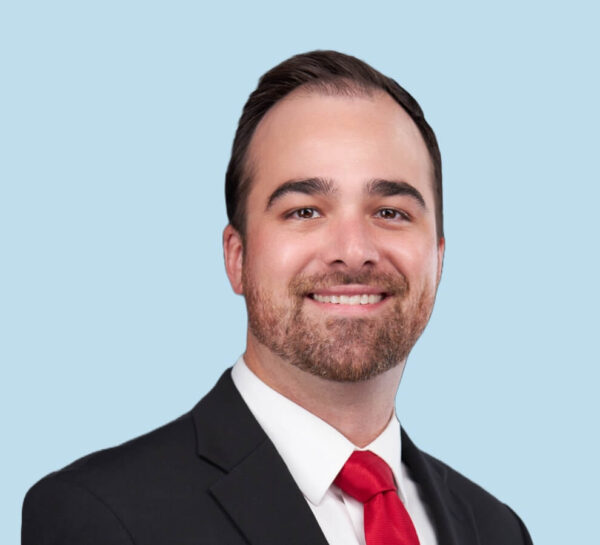
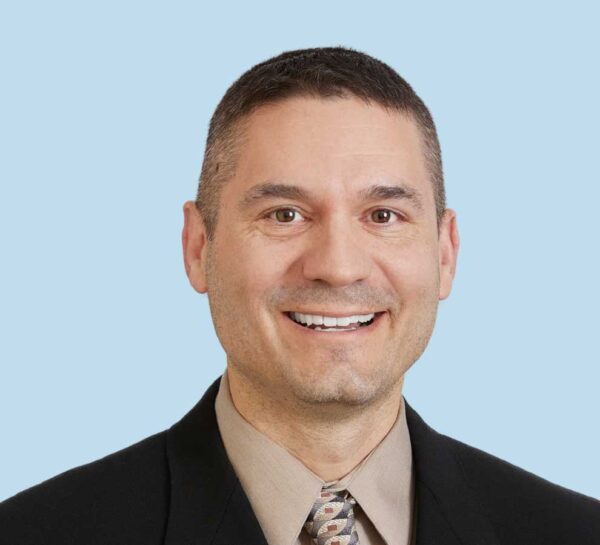
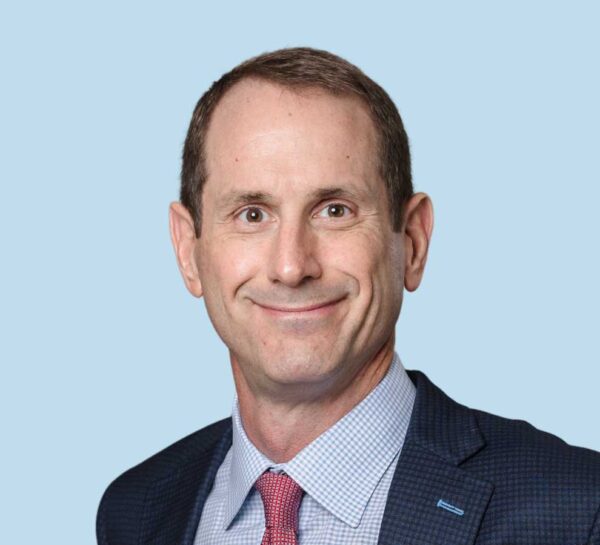
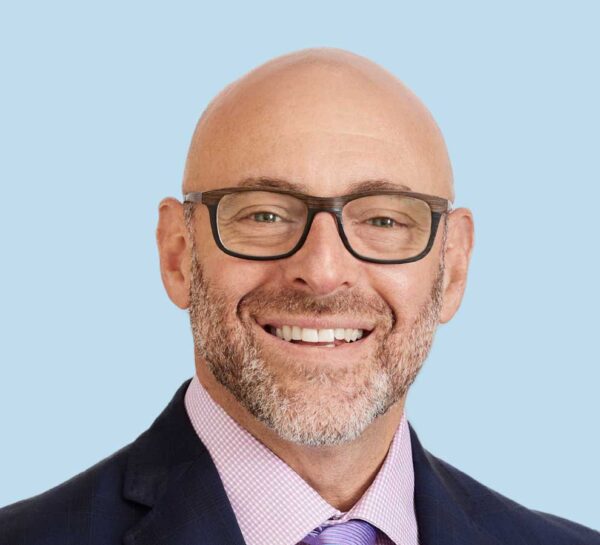

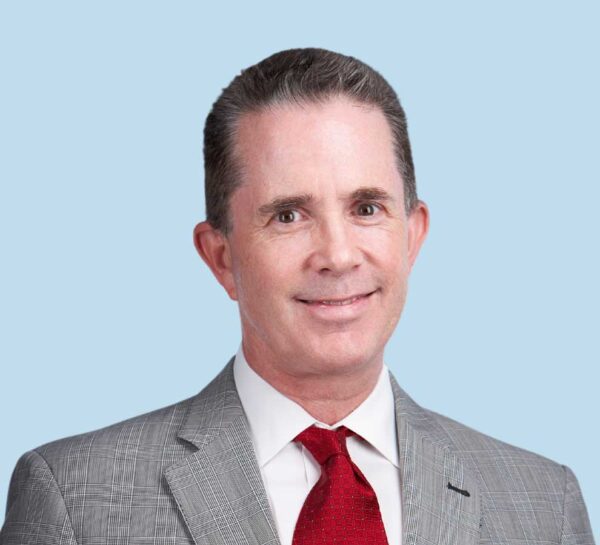


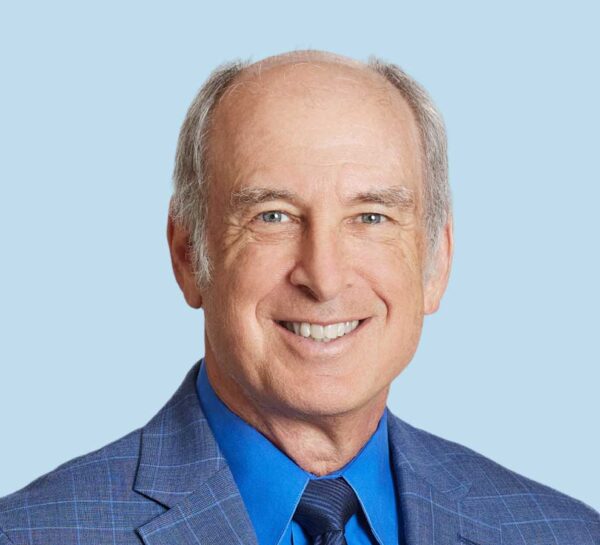
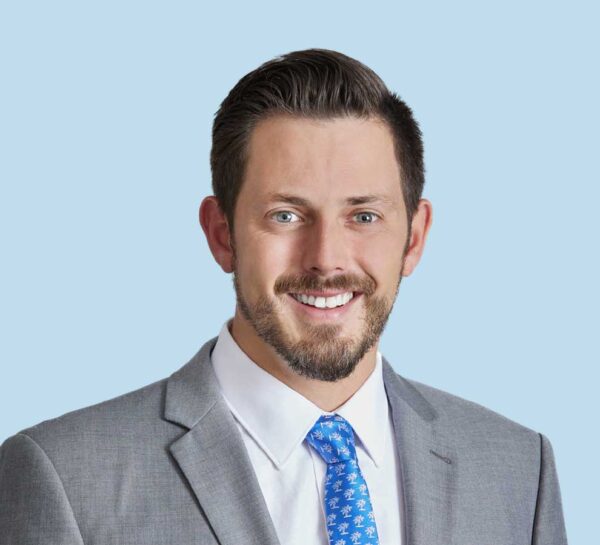
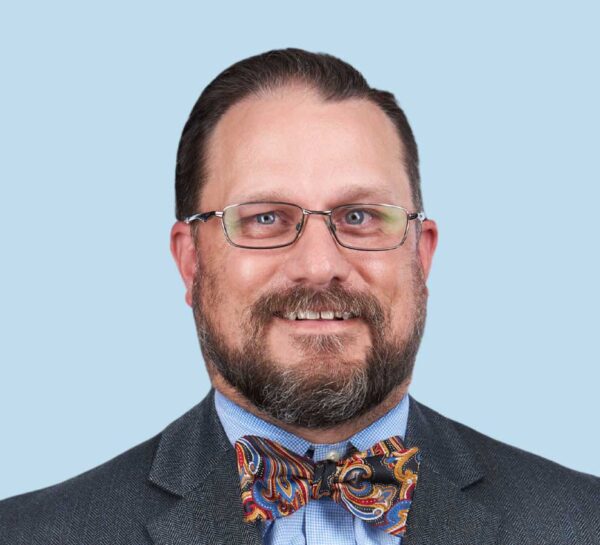



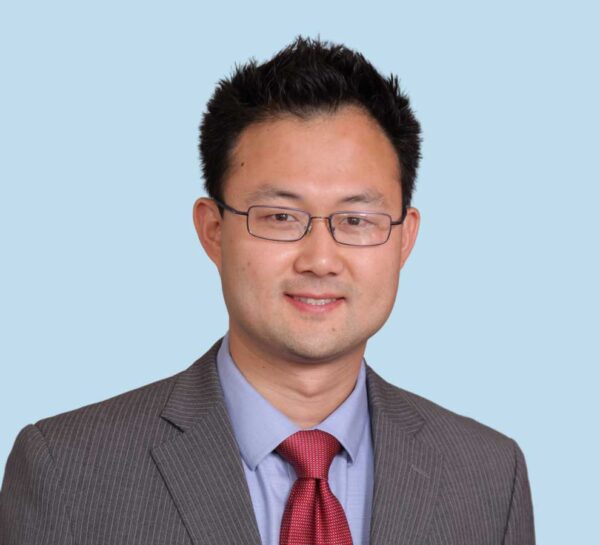

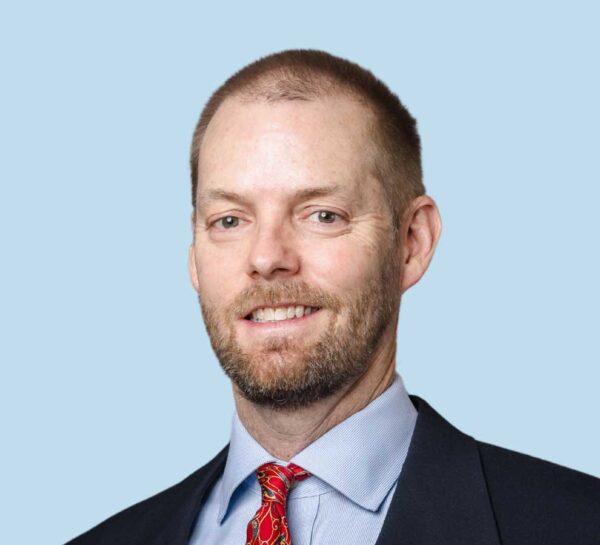
Common shoulder conditions
Our distinguished orthopedic shoulder specialists are experts at identifying and understanding the causes of shoulder pain, including:
- Acromioclavicular (AC) Joint Injuries
- Arthritis
- Atraumatic Shoulder Instability
- Bicep Tendon Tear
- Bursitis or Tendinitis
- Clavicle Fractures (Collarbone)
- Dislocated Shoulders
- Glenoid Labrum Tears
- Rotator Cuff Tears
- Shoulder Arthritis
- Shoulder Blade Fractures (Scapula)
- Shoulder Calcific Tendonitis
- Shoulder Impingement
- Shoulder Osteoarthritis
- Shoulder Rheumatoid Arthritis (RA)
- Shoulder Separations
- Shoulder Socket Fractures
- Superior Labrum Anterior and Posterior (SLAP) Tears
- Throwing Athlete Shoulder Injuries
- Traumatic Shoulder Instability
- Trapezius Strain (Upper Back Muscle Strain)

Learn more about how the shoulder works and the potential treatment options available to you.
"I heard a pop in my bicep area and noticed that my arm had become very swollen. I called Dr. Mighell’s office, and they knew exactly what the injury was. I had torn my rotator cuff, bicep, tendon and muscle." John Alessi | Rotator Cuff and Bicep Injury
Shoulder pain treatment
Florida Orthopaedic Institute physicians have the expertise and experience to provide comprehensive care of the shoulder, including the following nonsurgical treatments, arthroscopic, and open surgeries:
A Bankart repair is a minimally invasive surgical procedure that repairs a tear of the glenoid labrum in the shoulder. When the shoulder pops out of joint frequently and tears the inferior glenohumeral ligament, it’s called a Bankart lesion, named after English orthopedist Arthur Bankart. A Bankart repair re-anchors the torn pieces of cartilage to restore security and stability to the shoulder.
Biceps tenodesis is a surgical procedure that repairs the biceps tendon. It is typically used when the biceps tendon causes pain in and around the shoulder. Shoulder pain can be the result of inflammation and wear and tear to the tendon due to injury, overuse, and aging. Other causes can be torn tissues or problems with the rotator cuff, often occurring in athletes.
During a reverse total shoulder replacement, the surgeon replaces a damaged shoulder joint with artificial components that reverse the structure of the shoulder. Reverse total shoulder replacement is used to treat conditions that cannot be treated with conventional total shoulder replacement or other procedures. This procedure is most often used for patients who have had a complete tear of the rotator cuff, especially when those injuries have led to an arthritic condition called cuff tear arthropathy. It can also help patients who have had a failed total shoulder replacement. In 1998, Dr. Frankle of Florida Orthopaedic Institute performed the first reverse shoulder replacement in the United States.
A SLAP tear is an injury to the ring of cartilage surrounding the socket of the shoulder joint (the labrum). The labrum helps hold the head of the humerus in place. A SLAP tear surgery fixes the tear of the labrum by reattaching the torn labrum to the shoulder socket’s bone, restoring normal anatomy and function. Nonsurgical treatments are used if the injury is mild to moderate and may include non-steroidal anti-inflammatory drugs and physical therapy.
Subacromial impingement is a pain you feel when you raise your arm. It happens when tendons in your shoulder press and rub against a part of your shoulder blade called the acromion. Subacromial decompression is the surgery to repair a subacromial impingement and is commonly done with the help of a special camera called an arthroscope.

